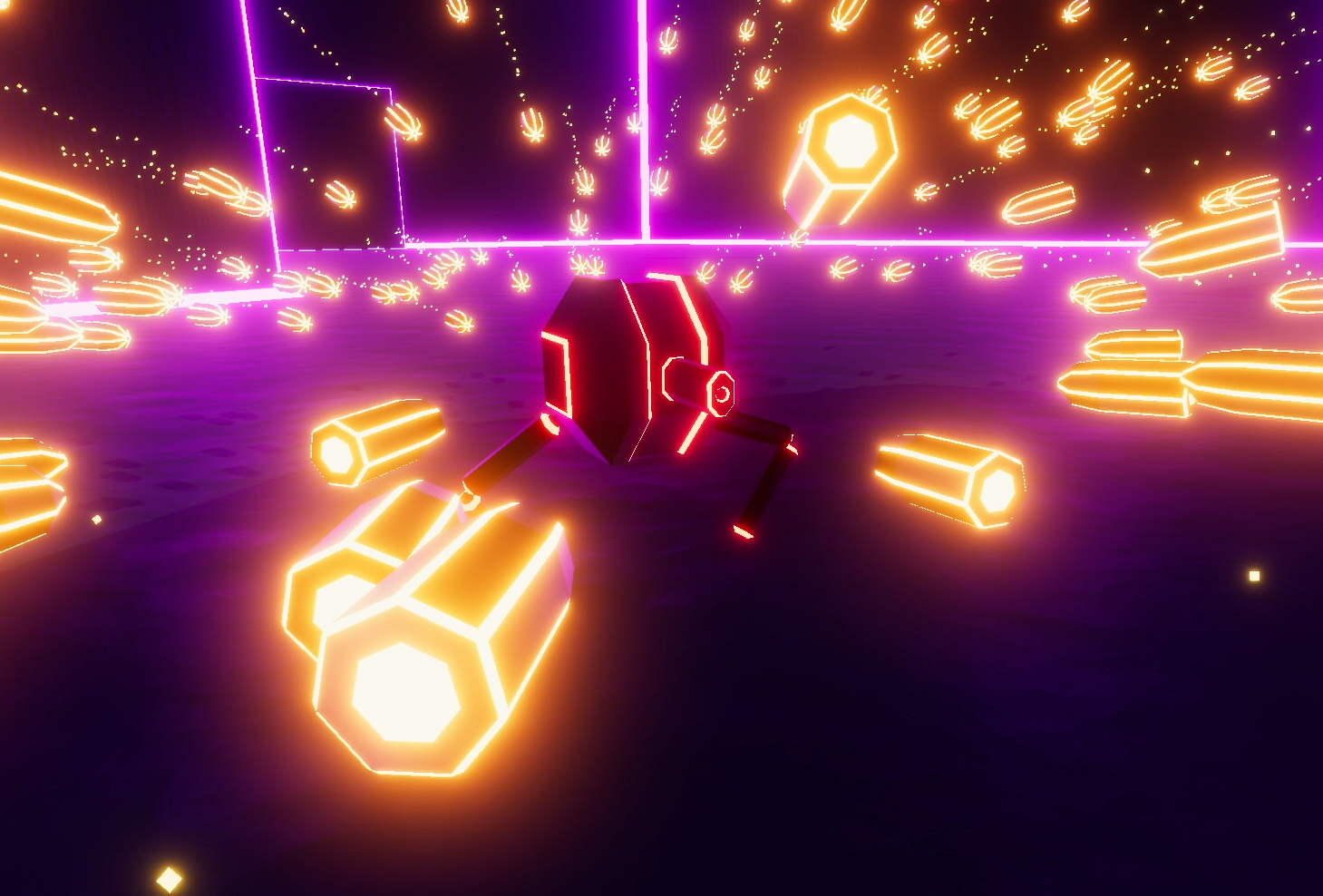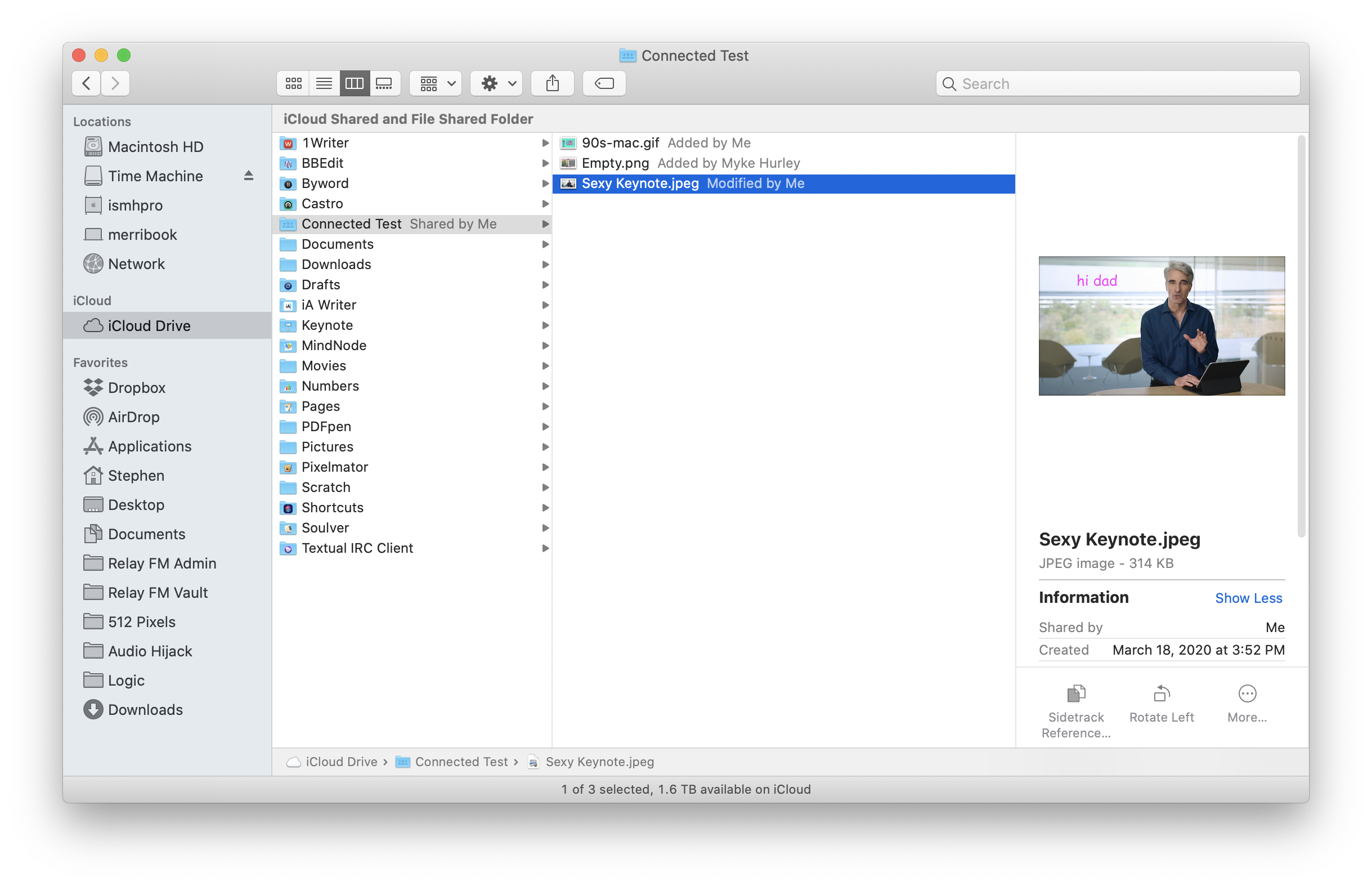Ball Of Light (itch) Mac OS
- Ball Of Light (itch) Mac Os Catalina
- Ball Of Light (itch) Mac Os 7
- Ball Of Light (itch) Mac Os Update
- Ball Of Light (itch) Mac Os Pro
Unlock FX and expand your mix. NS7 DJs can now unlock Serato ITCH's effects capabilities with NSFX. Designed in collaboration with Serato for the ITCH system, NSFX is designed to mate perfectly with NS7, delivering seamless integration and hands-on control of the wide range of effects built into ITCH. The Macintosh (mainly Mac since 1998) is a family of personal computers designed, manufactured, and sold by Apple Inc. Since January 1984. The original Macintosh is the first successful mass-market personal computer to have featured a graphical user interface, built-in screen, and mouse. Apple sold the Macintosh alongside its popular Apple II, Apple III, and Apple Lisa families of computers. Lighter, to reduce inertia forces. It also provides better ball guidance. A PEEK cage, which combines the advantages of light-weight plastic with the durability and performance of a brass cage is also available. A shoulder recess on the inner ring provides additional lubrication improvements, and a redesigned raceway shoulder transition makes the. Follow Mac Jones Follow Following Mac Jones Following; Add To Collection Collection; Comments; BALL 6. Happy birthday dyaln. Make sure to full screen. More information. Status: Released: Platforms: HTML5: Rating (1) Author: Mac Jones: Genre: Rhythm. Itch.io View all by Mac Jones. This mac OS fighting game has been released in order to bring a fresh experience, different from the Dragon Ball Xenoverse games. Download now Dragon Ball FighterZ Mac OS X version and start a great fighting journey. Later Edit (September, 2018): We are proud to announce that this game is the 5th most download action game for Mac, according to.
Boot Camp Control Panel User Guide
In Windows on an Intel-based Mac, you can adjust the keyboard backlighting. The keyboards on some Mac notebook computers provide backlighting, so that the keys are visible in low light conditions. If keyboard backlighting is on, the keys light up automatically whenever the ambient light is low.
Automatically adjust keyboard backlighting
In Windows on your Mac, click in the right side of the taskbar, click the Boot Camp icon , then choose Boot Camp Control Panel.
If a User Account Control dialog appears, click Yes.
Click Keyboard.
Do any of the following:
Automatically turn off keyboard backlighting after a period of inactivity: Drag the “Turn off keyboard backlight when computer is not used for” slider to the desired setting.
Automatically change keyboard brightness in low light: Select the “Adjust keyboard brightness in low light” checkbox.
Manually adjust keyboard backlighting
In Windows on your Mac, do any of the following:
Adjust keyboard backlighting: Press the increase keyboard brightness key or the decrease keyboard brightness key .
Turn keyboard backlighting off: Press the decrease keyboard brightness key until the keyboard is no longer lighted.
Turn keyboard backlighting on: Press the increase keyboard brightness key until the keyboard is bright enough for your needs.
Use function keys to adjust keyboard backlighting: Press the F5 key to decrease keyboard backlighting, or press the F6 key to increase keyboard backlighting. You may need to press and hold the Fn key as you press the F5 or F6 key.
If the keys don’t adjust the backlighting, make sure you have the latest Windows support software installed. See the Apple Support article Download and install Windows support software on your Mac.

Problems on MacBook Pro OS High Sierra can take different forms. However, among all of them, it is the Gray Screen of Death that is considered the most troublesome.
Ball Of Light (itch) Mac Os Catalina
There are many possible causes why a MacBook Pro gets stuck on a gray screen. Surprisingly, too, there are lots of MacBook issues that get mistaken for the gray screen problem on MacBook Pro OS High Sierra. So to clear things out, continue reading below.
The MacBook Pro Gray Screen Issue
Believe it or not, the gray screen issue on MacBook Pros frequents every Q&A site. It seems that more and more MacBook Pro users running High Sierra are still unable to find solutions to their problem. Feels terrible, right?
Well, it only feels that way because many still have got no clue for a possible reason. But if you’re familiar with the nature of Macs, you should know that the chances of fixing Mac issues are high.
Pro Tip: Scan your Mac for performance issues, junk files, harmful apps, and security threats
that can cause system issues or slow performance.
Special offer. About Outbyte, uninstall instructions, EULA, Privacy Policy.
Interestingly, what those MacBook Pro users are seeing is not really a gray screen. It could simply be a black screen with a built-in Retina display that appears gray during the initial startup phase. Most often, the problem is reported to appear after restarting a MacBook Pro. There are instances , though, when the gray screen appears with the Apple logo or a spinning globe sign.
Now, how do we fix this gray screen problem?
6 Possible Solutions to Gray Screen Problems on MacBook Pro OS High Sierra
Of course, there are hardly problems that cannot be resolved. The same applies to your MacBook. Here are six possible solutions to your gray screen problems:
Solution #1: Disconnect All External Peripherals.
- First, shut down your MacBook by pressing the Power button.
- Disconnect all the peripherals connected to your MacBook, except the mouse. Be sure you also disconnect your headphones and any Ethernet cable.
- Switch on your MacBook.
- If you are already seeing a blue screen, then it means the problem is with one of the peripherals. Try to find the problematic peripheral by shutting down your Mac and reconnecting the peripherals one at a time.
- After identifying the faulty peripheral and you still see the persistent gray screen, it is possible that your mouse or keyboard could be the culprit. If you have an extra mouse or keyboard, swap it and test it out.
- Restart your MacBook.
If the display of forlorn grayness persists, then try the succeeding solutions.
Solution #2: Repair Your Hard Disk Drive Using Disk Utility.
Another possible culprit for your gray screen problems is your hard disk. To fix it, you have to run Disk Utility by booting your system into Recovery Mode.
Follow the instructions below for a step-by-step guide:
- Shut down your MacBook Pro by long-pressing the Power button.
- Hold down the CMD + R keys to power up your MacBook Pro again.
- You will be taken to the OS X Utilities screen.
- Select Disk Utility.
- Choose your MacBook Pro’s built-in hard drive under Disk Utility.
- Hit Verify Disk to continue.
- You should receive a notification that the problem has already been fixed.
If the gray screen still greets you, you still have four more options to try.
Solution #3: Safe-Boot Your MacBook Pro.
Have you heard of the function called Safe Boot? It works by performing certain diagnostics on your macOS to ensure everything is up and running. It so happens that this function can also get rid of your gray screen problems.
To run Safe Boot, follow these steps:
- Shut down your MacBook Pro.
- Wait for 10 seconds and restart it while pressing down the Shift key.
- Safe Boot will now start doing its job. Just wait for it to finish its task.
- It will notify you if it has already completed the diagnostics.
If this solution worked, restart your machine from the Apple menu. Otherwise, let’s find out what else you can do.
Solution #4: Reset the PRAM or NVRAM.
Ball Of Light (itch) Mac Os 7
Sometimes, the problem is with your PRAM or NVRAM. These unique memory sections are notorious for causing troubles in Macs. Then again, they can be reset to their default settings. Although resetting to your default MacBook Pro settings will take time, it could be worth it.
Here’s how to reset the PRAM or NVRAM:
- Disconnect all the peripherals connected to your MacBook Pro.
- Restart your MacBook Pro.
- Before the gray screen shows, press the Command, P, R, and Option keys.
- Hold all the keys until your MacBook Pro restarts. You should then hear another startup sound.
- Release all the keys.
- If the gray screen no longer appears, reconnect your peripherals.
If you’re still unlucky, it’s time to get serious and try the last few solutions.
Solution #5: Repair Your Startup Drive.
You have already explored all possible solutions on how to fix your gray screen problems on MacBook Pro OS High Sierra, but the problem persists. Don’t worry, though, as you still have another solution!
While this can be a bit tricky, repairing your Startup Drive might just work for you. Here’s how:
- Start your MacBook Pro from an OS X Installer DVD.
- Insert the DVD installer into your optical drive.
- Switch off your MacBook Pro.
- Restart your Mac while pressing the C key. It will then take you to a menu for booting your MacBook Pro from the optical drive. You have three options from here. These are:
- Start from an OS X Installer DVD
- Start from the Recovery HD
- Start from an External Drive
- Select one and follow the instructions provided.
If your MacBook Pro launches successfully with any of the three methods, then great. But if not, well, you still have one last solution to try.
Solution #6: Reinstall High Sierra.
If all else fails, you may reinstall High Sierra. Simply follow these steps:
- Shut down your MacBook Pro.
- Press the CMD + R keys and switch on your MacBook Pro again.
- A new window will pop up with the option Reinstall MacBook Pro OS High Sierra. Select it.
- Wait for the process to finish.
Ball Of Light (itch) Mac Os Update
Hopefully, this solution has now fixed your problem.
Conclusion
Gray screen problems are common, but they may only be a result of peripheral or OS installation issues. We just don’t pay attention to the tiny things that may affect our MacBook’s performance, hence they accumulate and worsen over time. Lucky for you, you’re already spared from the time-consuming process of searching for solutions as we compiled the possible solutions to your gray screen problems.

There is one last thing you can do now to prevent MacBook Pro issues from popping up. Install Outbyte Mac Repair on your MacBook Pro. This amazing tool can be used to run a quick scan on your MacBook to help you identify erroneous files or documents that may cause problems in the long run.
Did the solutions above help you with your gray screen problems on your MacBook Pro? Let us know below!
Ball Of Light (itch) Mac Os Pro
See more information about Outbyte and uninstall instructions. Please review EULA and Privacy Policy.